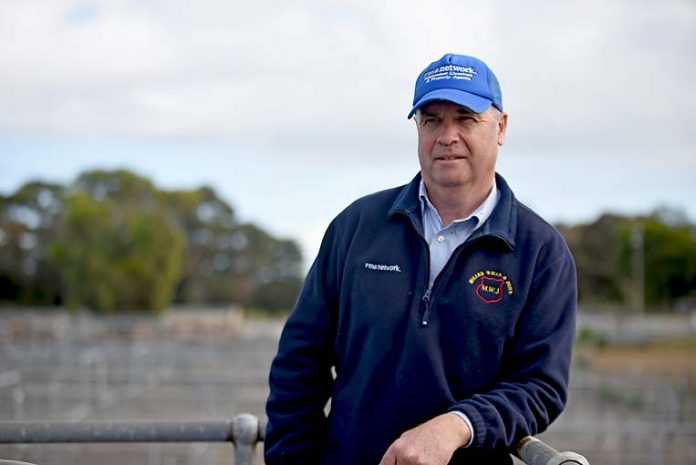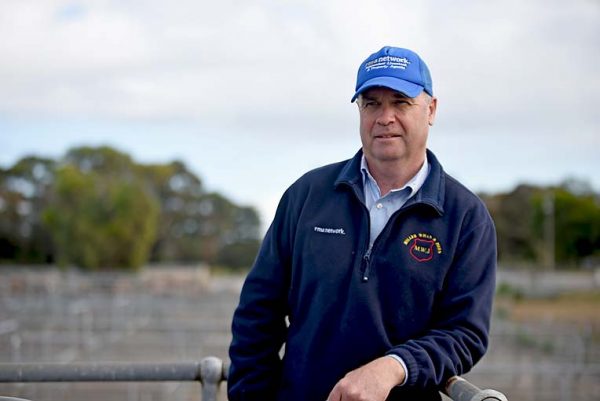

BUOYANT commodity prices, reliable rainfall and strong buyer demand have fuelled a 23pc growth in South East farmland values.
The median price per hectare is now a staggering 81pc higher compared with 2013.
It is understood the upswing in values is also triggered by bullish property sales activity and demand from buyers from outside of the region.
The number of transactions priced above $10,000 per hectare increased by 74pc – all transactions in this price range occurred in the Lower South East.
According to the Rural Bank report, the best performing council area was Wattle Range where the median price surged by 40pc in 2018.
While median price per hectare was more than $3300 across the South East, both Grant and Wattle Range council areas recorded prices of above $10,000.
Rural property agents are reporting this upward trend is also continuing this year with a number of significant regional property sales in recent months.
Livestock and rural property agent Andrew Whan – from Miller Whan and John – said low interest rates and land coming onto the market were contributing factors to the lift in prices.
“People are investing in the region because they are looking for assured rainfall,” Mr Whan said.
He said the upturn in demand was also being driven by regional landholder expansion through both “corporate or private” transactions.
“In the mid and upper South East, we have had people from outside areas who have come in for the rainfall. There has also been international investment in the dairy sector,” the agent said.
He said buyers were also attracted to the region for its water security given the underground water resource.
While existing landholders would be pleased with the upward swing, he said it was a “double-edged sword” given it made it harder for people “to buy in”.
While sheep/lamb prices had reached record highs, he said the dairy industry was struggling with high costs.
“Dairy producers are doing it pretty hard at the moment, but they are pretty resilient.”
Rural Bank Mount Gambier spokesperson Simon O’Leary said sales activity was strong in the South East.
“Demand from locals was driven by above yield and community returns, coupled with outside buyers seeking holdings where grazing seasons can be extended,” Mr O’Leary said.
Overall, the median price of Australian farmland increased 10.7pc in 2018, the fifth consecutive year of growth, according to Rural Bank’s annual farmland values report.
South Australia (17pc), Queensland (15.7pc) and Victoria (14.1pc) all recorded a year of double-digit growth, while New South Wales (9.6pc) and Western Australia (3.8pc) grew solidly.
Rural Bank chief executive officer Alexandra Gartmann said the results showed the long-term resilience of agricultural land as an asset class.
“Land values fluctuate significantly from year to year and are affected by an array of local, national and international factors,” Ms Gartmann said.
“Buyers are looking beyond seasonal and commodity cycles and investing accordingly, pushing up agricultural land value, particularly in holdings with access to reliable rainfall and water.”







